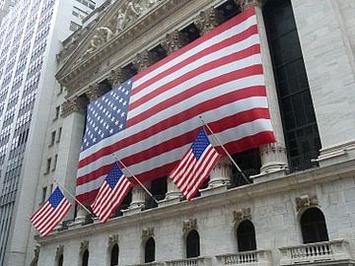
2020 Election
The outcome of the election is likely to be closer than most observers expected only a few weeks ago. In their view at the time, President Trump’s unusual communication style, his management of the pandemic, the poor economy (notwithstanding the stock market) and the urban protests all seemed to point to a Joe Biden victory in November.
Since then, several factors have emerged however:
- Biden is an uninspiring candidate, even by the reckoning of many Democratic voters. The final stretch of the campaign is not about ideas but about energy and it requires a prodigious amount of it from both candidates and their staffs. Much will hinge on whether Biden can match President Trump’s high energy.
- Excitement over the choice of Kamala Harris has waned since the announcement. She seems unpopular with some members of minorities due to her tenure as attorney general of California. She may also have alienated suburban moms and pushed them back into Trump’s column where they were in 2016. Harris’s leftism is of the elite-tinted variety and seems far removed from the more traditional working-class and middle-class leftism of Bernie Sanders or Elizabeth Warren. These factors together may impact turnout in a way that damages Democratic prospects.
- The street protests that could have been partly laid at Trump’s feet have morphed into something inexplicable and destructive, with looting now considered defensible by some opinion leaders. And of course, no one outside of the lunatic fringe wants to defund the police. This change means that street protests that previously conspired in favor of a Biden victory now conspire against it. Law and order is now the number one issue for many voters and Trump is seen as stronger on this issue.
- Formerly solid Democratic states are now seen in play, notably Minnesota, a state that has not been in the Republican column since Nixon took it in 1972. The odds are still favoring Biden in Minnesota but the fact that this is even a discussion means that Trump could surprise in more than one place, as he did in 2016.
Biden can still win and most pollsters show that he maintains an edge. But the current momentum and trajectory need to change if he is to translate these predictions into reality on November 3rd.
Market Flywheel
Analysts are tripping over each other in raising their targets on companies that are hitting all time highs. This mass reaction to the bull market has long been one of the more perplexing phenomena on Wall Street. Under normal conditions, once a formerly set target has been reached, a company would be considered fairly valued and the rating would be downgraded. By simple math and logic, there is less upside than there was a month or six months ago.
But a market bubble is more like a flywheel. When prices go up, analysts take their cues from those prices and from their peers and raise their targets to levels that they would have considered crazy or implausible only a few weeks earlier. This in turn pushes prices higher, leading other analysts to follow suit and to feed the frenzy.
The signs that we are now in a bubble for many names are unmistakable, with for example Tesla and Zoom adding $52 and 37 billion respectively to their market caps in a single day. The speed of these increases is at least as significant as their magnitude, revealing a buying frenzy among investors. Tesla is now pricing $100 billion revenues and 30% gross margins, levels that will not be reached for several years if at all. And Zoom is now valued higher than IBM, notwithstanding that the end of lockdowns and the re-opening of the economy may not create a follow through in its revenues and earnings surge.
Read the rest of this piece at Populyst.
Sami J. Karam is the founder and editor of populyst.net and the creator of the populyst index™. populyst is about innovation, demography and society. Before populyst, he was the founder and manager of the Seven Global funds and a fund manager at leading asset managers in Boston and New York.
Photo credit: Hundsgemeini via Wikimedia under CC 3.0 License.












